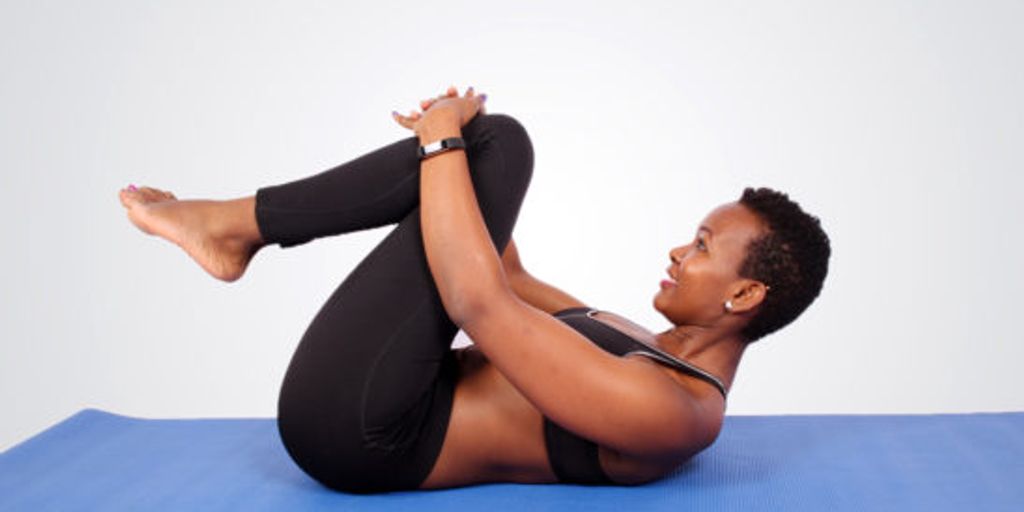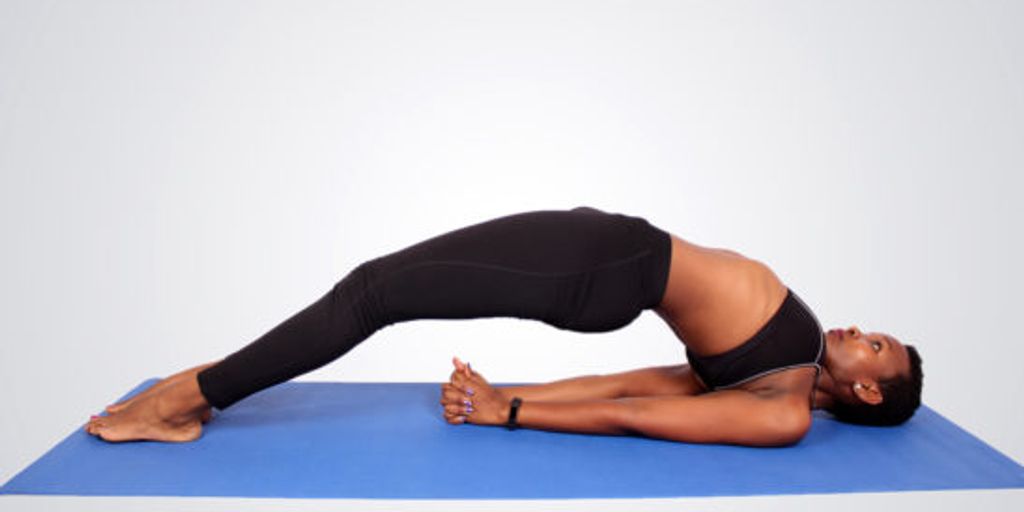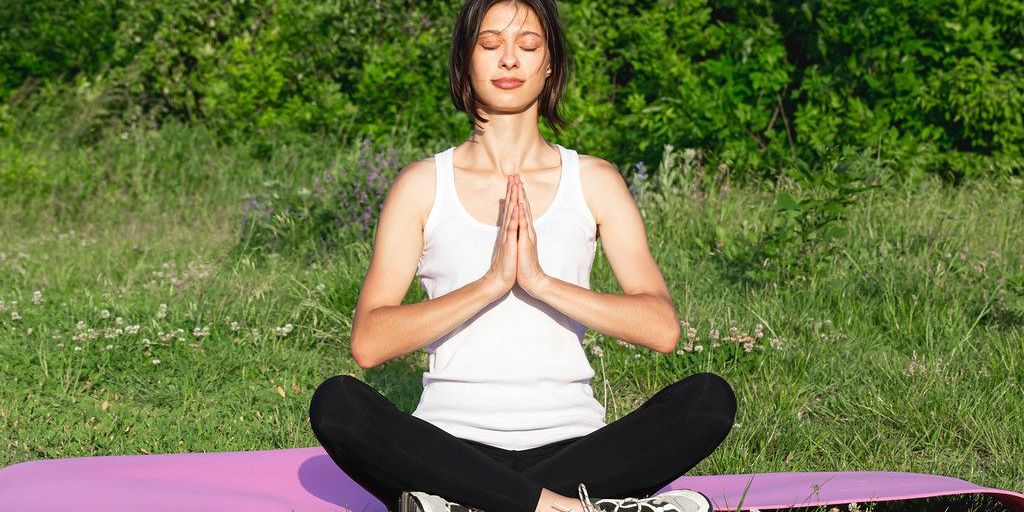
How to Deal with a Slippery Yoga Mat: Tips and Tricks
Dealing with a slippery yoga mat can be frustrating and potentially hazardous during your practice. This article explores various aspects of why yoga mats become slippery and offers practical advice on how to address this issue. From understanding the material aspects to daily maintenance and professional insights, you'll learn how to enhance your yoga experience by ensuring your mat remains grippy and safe.
Key Takeaways
- Identify the material of your yoga mat to understand its slip-resistance properties.
- Implement regular cleaning and proper storage techniques to maintain the mat's grip.
- Use yoga towels and grip enhancers to improve traction during sessions.
- Recognize the signs of wear and consider replacing your yoga mat when necessary.
- Seek advice from yoga professionals to choose the best mat and maintenance practices.
Understanding Why Your Yoga Mat Becomes Slippery
Material Factors
Different yoga mats are made from various materials, each with unique properties. PVC mats tend to become slippery when wet, while rubber mats offer better grip but can degrade over time. The choice of material significantly affects the mat's performance under different conditions.
Impact of Sweat and Moisture
Sweat and moisture are inevitable during yoga sessions, especially in styles like hot yoga or during intense workouts. These elements reduce the friction between your mat and the floor, making it slippery. Using a yoga towel can help absorb the moisture and maintain stability.
Wear and Tear Over Time
As yoga mats age, they undergo wear and tear which can smooth out the textures that provide grip. Regular cleaning and proper storage can extend the life of your mat, but eventually, it may need to be replaced to ensure safety and effectiveness in your yoga practice.
Preventive Measures to Avoid a Slippery Yoga Mat
Choosing the Right Mat
Selecting the right yoga mat is crucial for preventing slipperiness. Opt for mats made from natural rubber or polyurethane which offer better grip even when wet. Thickness and texture also play a significant role; a mat with a slightly rough surface can provide more traction.
Proper Storage Practices
To maintain the grip of your yoga mat, store it in a cool, dry place away from direct sunlight. Rolling the mat loosely rather than folding can prevent creases that might cause slips during use.
Pre-Use Treatments
Before each session, consider wiping your mat with a damp cloth to remove any dust or dirt that could reduce traction. For an enhanced grip, some practitioners recommend lightly sprinkling water on the mat’s surface before starting your practice.
Daily Maintenance Tips for Your Yoga Mat
Maintaining your yoga mat regularly ensures its longevity and improves your practice by providing a stable, non-slip surface. Here are some essential tips to keep your mat in top condition.
Regular Cleaning Techniques
Clean your yoga mat after every session to remove dirt, sweat, and oils that can degrade its material. Use a soft cloth and gently wipe the surface. For a deeper clean, use a mixture of water and mild soap, scrubbing lightly before rinsing.
Appropriate Cleaning Solutions
Choose cleaning solutions that are gentle and designed specifically for yoga mats. Avoid harsh chemicals that can break down the mat's material and reduce its grip. A popular choice is a solution of water and white vinegar, which effectively disinfects without damaging the mat.
Drying and Storage Tips
After cleaning, allow your mat to air dry completely before rolling it up. Store your mat in a cool, dry place away from direct sunlight to prevent degradation and maintain its texture. Rolling the mat loosely and using a yoga mat bag can also help maintain its shape and prevent creases.
Enhancing Grip During Your Yoga Sessions
Using Yoga Towels
Yoga towels are specifically designed to provide an additional layer of grip and absorb sweat. Placing a yoga towel over your mat can significantly reduce slipping, especially in more dynamic or sweaty sessions. Choose a towel that fits your mat size to ensure it covers the entire surface without bunching up.
Applying Grip Enhancers
Grip enhancers can range from specialized yoga mat sprays to chalks that improve traction. Regular application before sessions can help maintain a non-slip surface. It's important to select products that are non-toxic and designed for yoga mats to avoid damaging the material.
Correct Hand and Foot Placement
Proper alignment and placement of hands and feet are crucial for maintaining balance and preventing slips. Engage your core and glutes to stabilize your body, and adjust your alignment if you feel unstable. This practice not only enhances grip but also improves the overall effectiveness of your yoga poses.
When to Consider Replacing Your Yoga Mat
Signs of Excessive Wear
When your yoga mat starts displaying visible signs of wear and tear, such as frayed edges, cracks, or peeling surfaces, it's time to consider a replacement. These physical indicators not only reduce the mat's effectiveness but can also pose safety risks during your practice.
Impact on Performance and Safety
A worn-out mat can significantly impact your performance and safety. Loss of grip and cushioning can lead to slips and inadequate support during poses, which increases the risk of injury. Regular assessment of your mat's condition is crucial to ensure it meets your needs for both comfort and safety.
Choosing a Replacement
When selecting a new yoga mat, consider factors such as material, thickness, and texture. Opt for a mat that suits your specific practice style and personal preferences. Durability and environmental impact are also important considerations. Make sure to test the grip and comfort of the mat in a store if possible before making a purchase.
Professional Advice on Handling a Slippery Yoga Mat
Insights from Yoga Instructors
Yoga instructors often emphasize the importance of maintaining a clean and dry mat to prevent slippage. They recommend regular cleaning with appropriate solutions and ensuring the mat is fully dry before use. Proper mat maintenance can significantly enhance your practice by providing a stable and safe surface.
Recommendations from Mat Manufacturers
Manufacturers suggest choosing mats made from high-grip materials like natural rubber or polyurethane for better performance. They also advise against the use of fabric softeners during cleaning as they can reduce grip. For those experiencing consistent issues, manufacturers often recommend specific grip-enhancing sprays or lotions.
Feedback from Long-term Practitioners
Long-term yoga practitioners share that layering a yoga towel on top of the mat can greatly improve grip during sweaty sessions. They also highlight the importance of adjusting your hand and foot placement to maximize contact with the mat. Practitioners often suggest testing different mats to find the one that best suits your personal practice style and needs.
Struggling with a slippery yoga mat can disrupt your flow and focus during practice. At Yune Yoga, we understand the importance of a stable and grippy surface, which is why we offer a wide range of high-quality yoga mats designed to enhance your yoga experience. Don't let a slippery mat hold you back. Visit our website to explore our collection and find the perfect mat that meets your yoga needs.
Conclusion
In conclusion, dealing with a slippery yoga mat can significantly enhance your yoga practice by ensuring safety and stability. By selecting the right mat, maintaining it properly, and employing techniques to increase grip, you can prevent slips and maintain focus on your poses. Remember, the key to a successful yoga session lies in comfort and confidence, which starts from the ground up with a reliable yoga mat. Embrace these tips and tricks to transform your slippery mat into a stable foundation for your yoga journey.
Frequently Asked Questions
Why does my yoga mat become slippery?
Slipperiness can result from material factors, accumulated sweat and moisture, as well as wear and tear over time.
How can I prevent my yoga mat from becoming slippery?
Choose the right mat, store it properly, and consider pre-use treatments to enhance grip.
What are some effective daily maintenance tips for a yoga mat?
Regularly clean your mat with appropriate solutions, and ensure it's dried thoroughly before storing.
How can I enhance my grip during yoga sessions?
Use yoga towels, apply grip enhancers, and practice correct hand and foot placements to improve stability.
When should I consider replacing my yoga mat?
Replace your mat when it shows signs of excessive wear, impacts your performance, or poses safety risks.
What do professionals recommend for handling a slippery yoga mat?
Yoga instructors and mat manufacturers suggest regular maintenance, using grip aids, and selecting mats made from high-quality materials.


